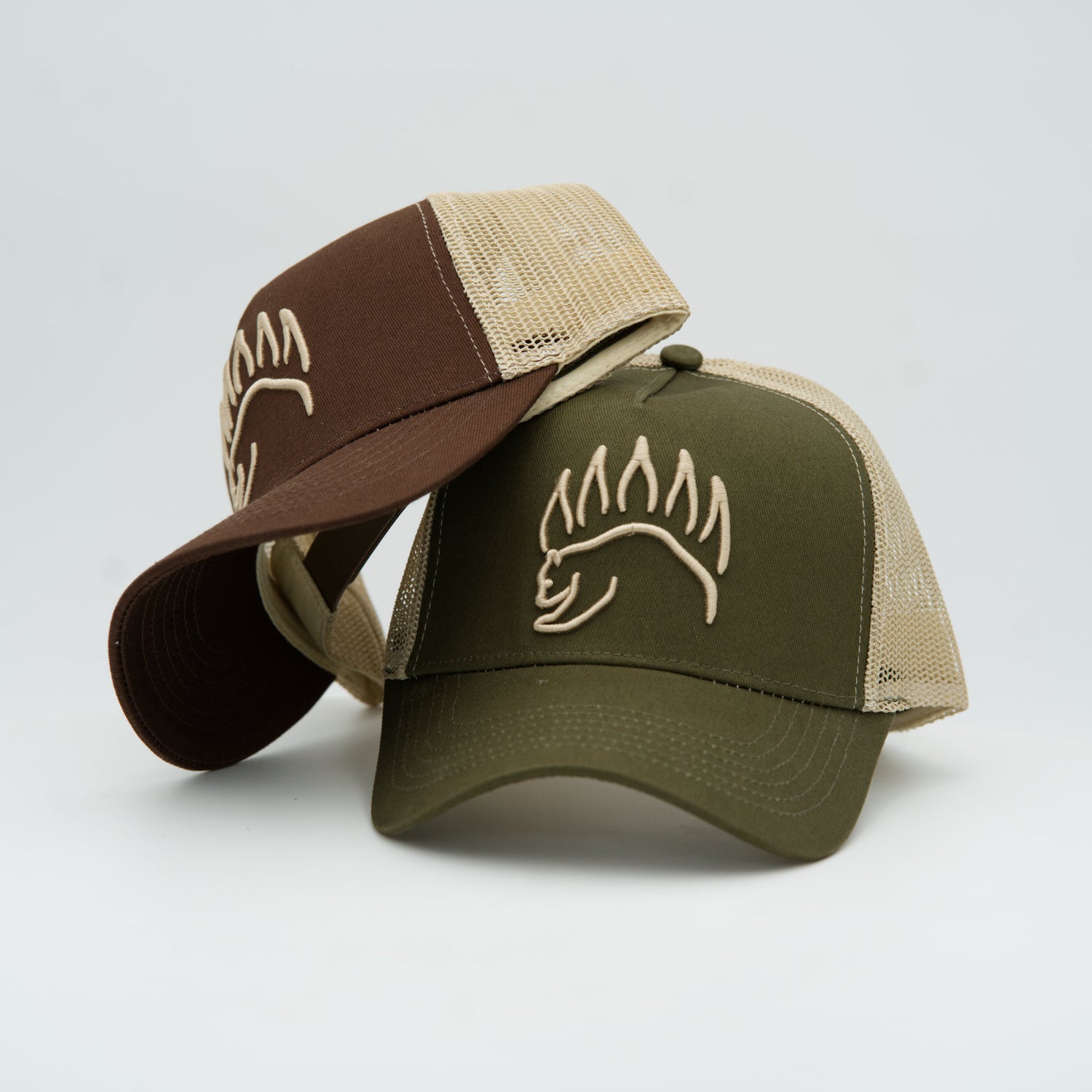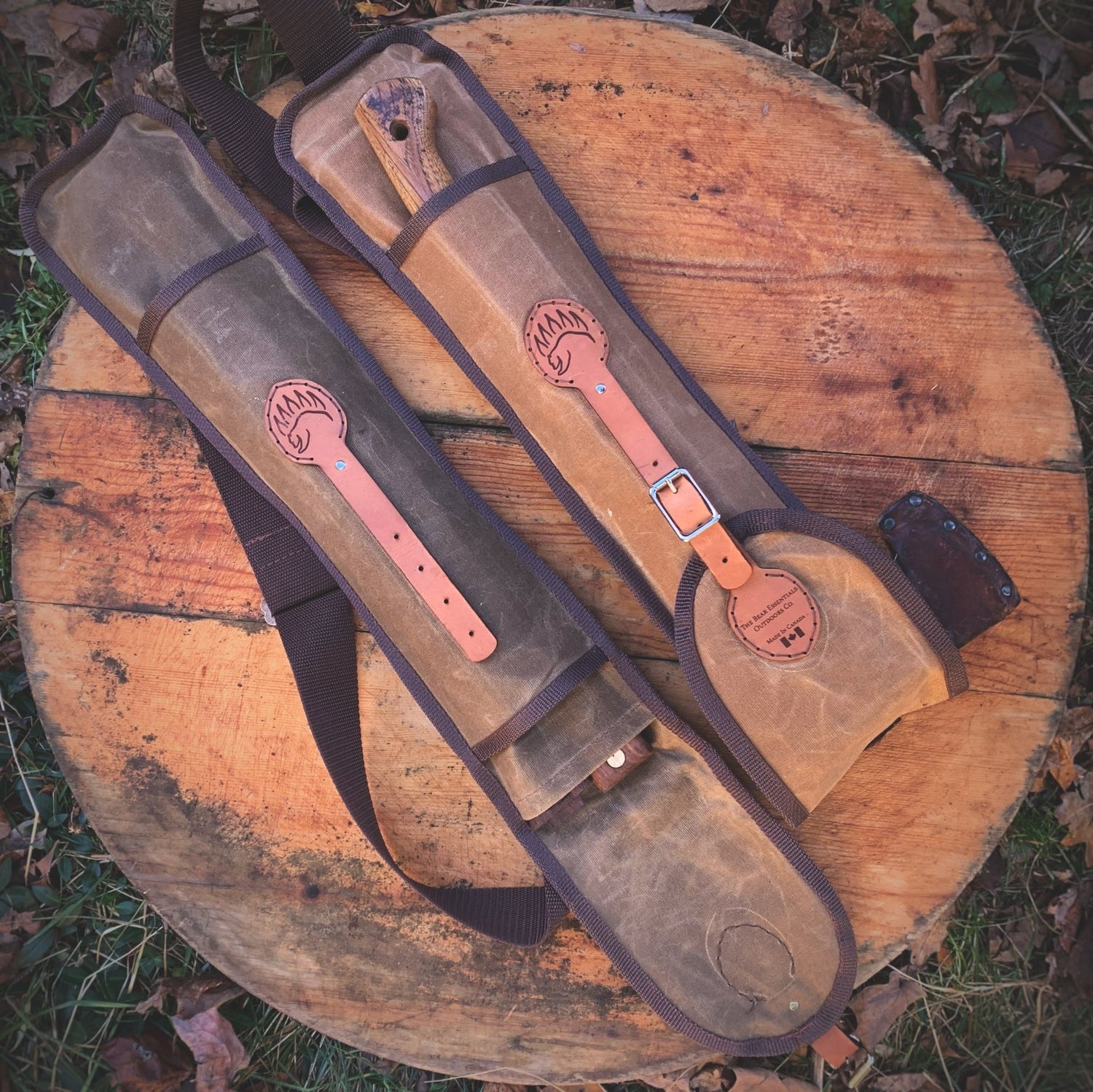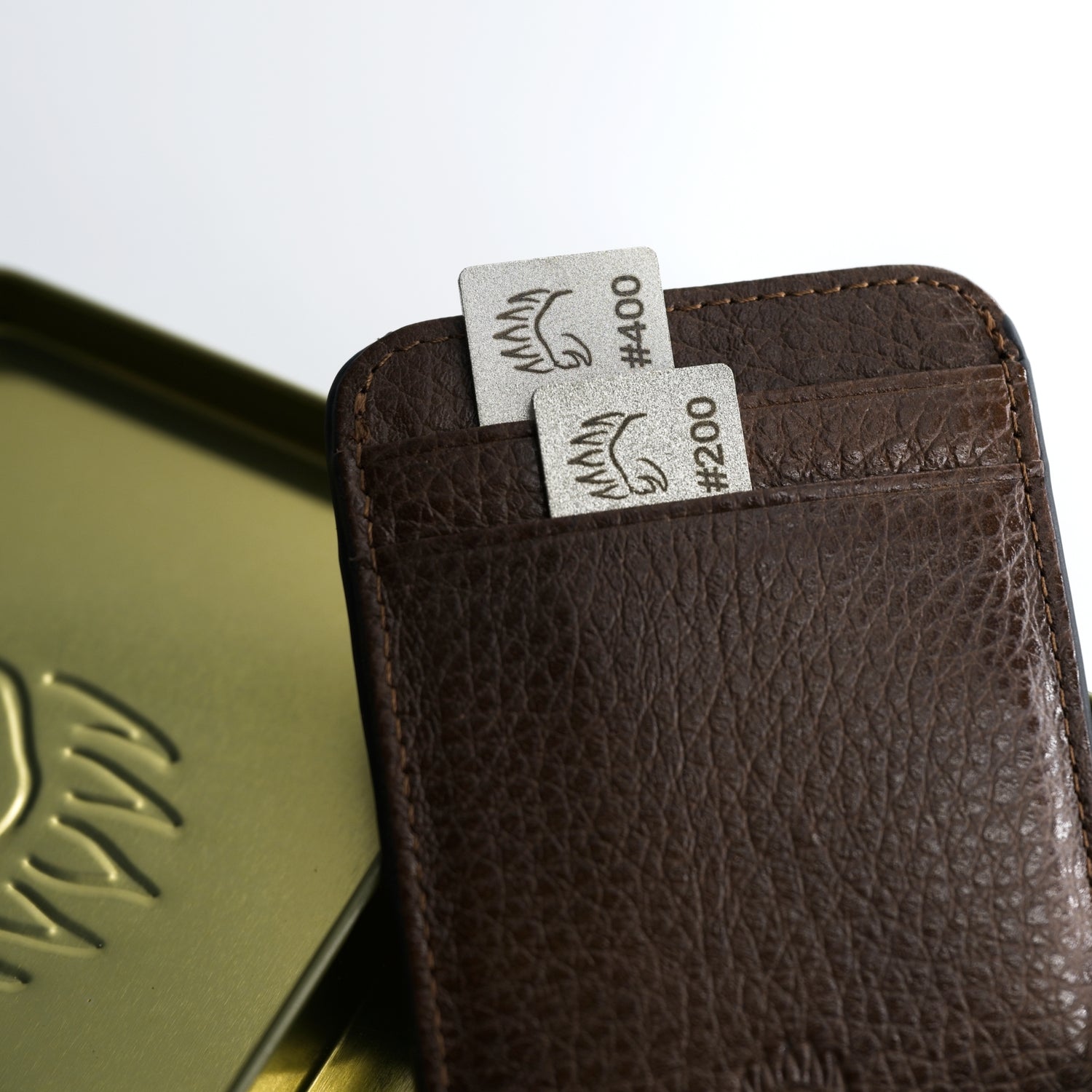If your laces creep loose halfway up the trail, the problem isn’t your boots—it’s the bow. For long miles and uneven terrain, I tie hiking boots with a Berluti-style bow on top of a boot-lock setup. You get a clean, compact knot that resists shake-loose walking, plus rock-solid tension through the eyelets so your heel stays planted and hot spots don’t form. Here’s how to tie hiking boots once and forget it.
How to lace and how to tie your hiking boots so they stay tied
A bulky double knot can still feed slack from the lower eyelets—and it’s a pain to untie with cold fingers.
The Berluti knot method adds controlled friction inside the bow so random tugs on the loops don’t undo it, yet it releases instantly when you pull both lace ends together.
Paired with a proper boot lock, it’s the best knot for hiking boots if you want a bow that won’t budge but still unties at camp.
These same principles work across boot lacing techniques hiking fans love, whether you’re learning how to lace hiking boots or how to lace walking boots for all-day comfort.
Step 1: Lock the boot so tension doesn’t backfeed
How to lace hiking shoes for heel hold
Before you tie hiking shoes, create a boot lock at the top two eyelets:
- Lace normally up to the last pair of eyelets.
- Thread each lace up into its own final eyelet on the same side, forming a small loop.
- Cross the laces and pass each end through the opposite loop.
-
Pull down and back to cinch the collar snug around your ankle.
This anchors your heel and prevents the lower rows from loosening while you finish the knot. (If your boots have speed hooks, form the loops just below them and then hook as usual.) It’s a trail-tested part of boot lacing techniques hiking folks rely on and a staple when people ask how to lace hiking shoes for descents.
Step 2: Tie the Berluti bow (trail version)
The clean way to tie walking boots
Now finish with the compact, shake-resistant bow:
- Start the base: Left lace over right, wrap through, and snug.
- Make two loops—one in each hand.
- Balance the bow: Cross the loops the opposite way of your base (reef, not granny).
- Right side change-up: Feed both the right loop and its free end through the center opening front-to-back. Pinch.
- Mirror left: Feed the left loop + free end back-to-front through the middle.
- Set & dress: Pull loops apart evenly until the middle wraps “bite.”
-
Trail release: To untie with gloves, pull both free ends together—instant release.
Extra hold for steep climbs: Before Step 2, add a double crossover in the starting knot (wrap twice). It prevents micro-slip while you set the bow—great for heavy packs, switchbacks, and side-hilling. If you’ve been tying walking boot laces with bulky doubles, this gives you the same security with a cleaner finish.
When to choose the Surgeon’s pass (for slick round laces)
If your laces are round and slick (common on many hikers), add one extra wrap in the center—think of it as a Surgeon’s pass—then finish the Berluti steps. It boosts friction without the bulk of a granny-looking double knot. It’s a simple tweak that helps if you’re still figuring out how to tie walking boots for long, bouncy miles.
Quick boot lacing techniques: Hiking playbook
- Mid-foot pressure? Skip one pair of eyelets over the instep before the boot lock.
- Toe bang on descents? Re-cinch the boot lock tighter at the collar; make sure the forefoot rows are comfortably snug, not loose.
-
Hot spots? Release, adjust tension in the row below the hot spot, then re-lock and retie.
These adjustments pair perfectly with the boot-lock + Berluti combo and work whether you’re learning how to lace hiking boots, how to tie your hiking boots, or just tying hiking shoe laces for a short walk.
Answers while you tie hiking boots at the trailhead
Is this better than a double knot for hiking?
Yes. The boot lock stops tension from migrating; the Berluti bow resists loop-tugs yet releases cleanly—no picking at welded knots with cold hands.
What lace type works best on trail?
Slightly textured or waxed flat laces grip and stay dressed. For slick round cords, use the Surgeon’s pass with the Berluti bow.
Will it work with speed hooks?
Absolutely. Form your boot-lock loops below the hooks, then wrap the hooks and finish with the Berluti bow on top.
Wrap it up and tie hiking boots once for the whole hike
If your goal is zero mid-trail re-ties, this is the move: lock the boot, then finish with a compact, balanced bow. The boot-lock (runner’s loop) keeps tension where it belongs—around your ankle—while the Berluti bow gives you a low-profile, shake-resistant finish that still releases instantly when you pull both ends. Slick round cords? Add the Surgeon’s pass for an extra bite. That combo is, in my book, the best answer to how to tie hiking boots because it solves both problems: creeping slack and unreliable bows.
Before your next climb, run this 30-second checklist:
- Boot-lock set snug?
- Bow balanced (reef, not granny)?
- Loops moderate, not floppy?
- Need extra grip? Add the Surgeon’s pass.
Tie it at the trailhead, forget it until the summit. And if you want a quick refresher, open the Knot IQ app and search “Berluti” and “runner’s loop.” Two practice runs and you’ll have a knot that won’t come loose no matter how rocky the miles get.




